Why are cross-border payments and remittances so important to world and local economies? The fact is, for a number of developing countries, international remittances from diaspora in the richer, western world make up a significant portion of the county’s GDP. According to the United Nations, there are approximately 281 million international migrants in the world today, 30 million of whom are refugees.1 In fact, one expatriate (migrant) moves overseas every 44 seconds.2 This creates an enormous earning power abroad and a great way for sharing prosperity between places, so facilitating these remittances is an important developmental priority. In addition to simply helping families get by, they benefit an economy and its people through the facilitation of trade, investments, transfer of skills, knowledge, and technology.
To put it in perspective, in 2021, despite the pandemic, remittance flows to low and middle income (LMIC) countries reached approximately $589 billion, which is more than foreign direct investment and official aid.3
Cross-border payments are clearly a critical part of the world economy and of extreme importance to LMICs and their people. However, more often than not, fees take up a large portion of each transaction for those who can least afford it. The United Nations has identified a transaction rate of three percent as a Sustainable Development Goal.4 However, according to KNOMAD’s Migration and Development Brief 34 from May, 2021, these fees surpassed eight percent on average in many African countries as of Q4 2020. Less formal, and informal fees can be between 10 percent and 20 percent.
Why is this so expensive? It’s hard to do cross-border payments with the current non-interoperable systems. There are a lot of legacy systems and there is a high cost of regulatory compliance. That compliance is critical as it averts anti-money laundering and counter terrorist financing, but we need to simplify things and make it easier for legitimate transfers. There currently exists a huge issue with intra-Africa remittances, for example. The market doesn’t offer rates between what are known as “exotic” currencies, such as the Nigerian Naira to the Liberian Dollar. Instead, the change is from Naira to USD (the reserve currency), and then USD to the Liberian Dollar. These extra exchanges push up the costs of the transactions.
Through the work we are doing around cross-border functionality in the low cost and interoperable Mojaloop payment switch, the Mojaloop Foundation and Sybrin are focused on making cross-border payments easier and more affordable, and our work is already bearing fruit in major initiatives with a mobile money operator and a major Pan-African Bank.
Learn more about the Mojaloop Foundation and Sybrin, and follow the Mojaloop Foundation on Twitter, LinkedIn and Facebook for all the latest.
1 https://blogs.worldbank.org/peoplemove/we-must-learn-live-migration
2 https://welcome-center-germany.com/expat-facts/
3 https://blogs.worldbank.org/peoplemove/we-must-learn-live-migration
Blog Author: Greg McCormick, Chief Strategic Business Development Officer, Sybrin

